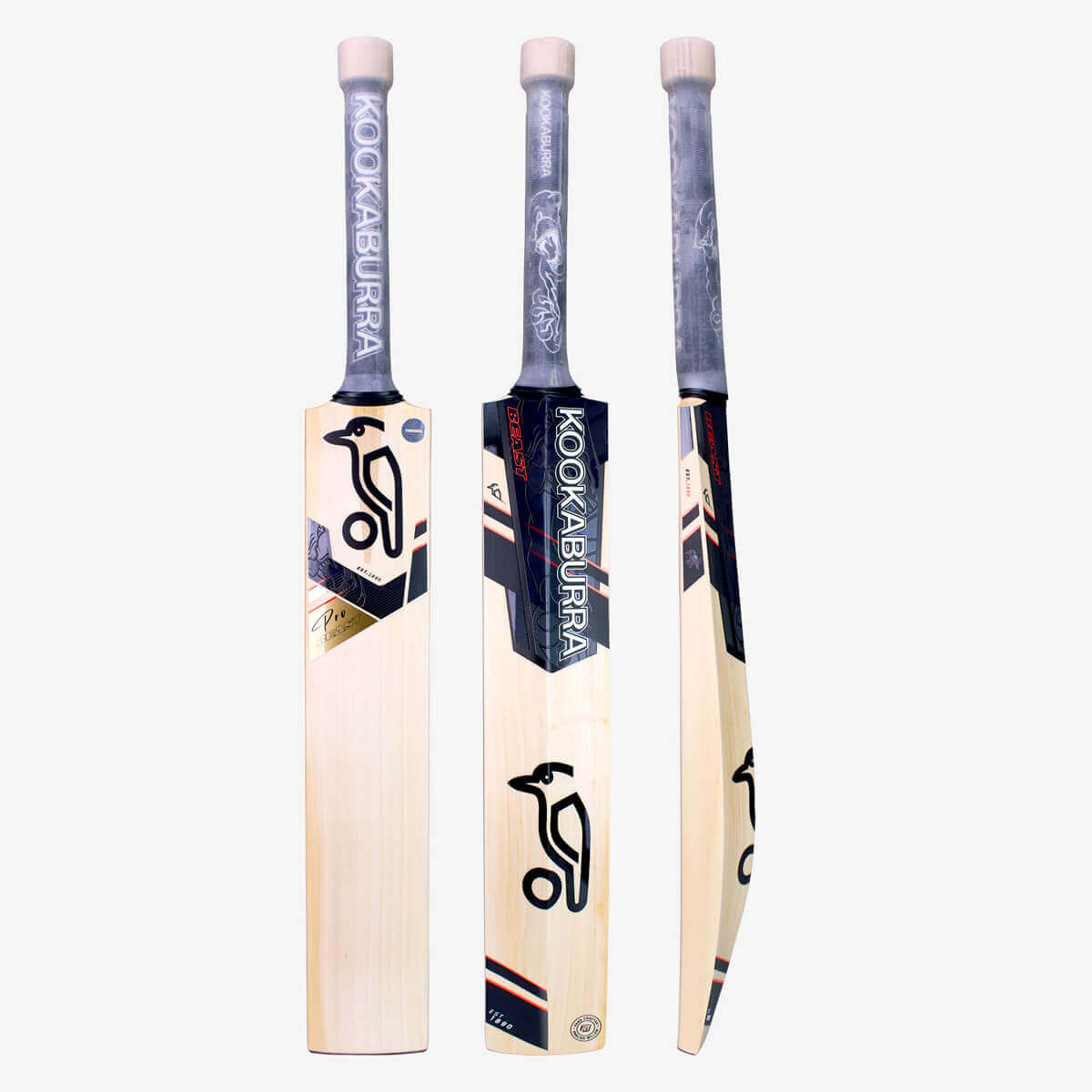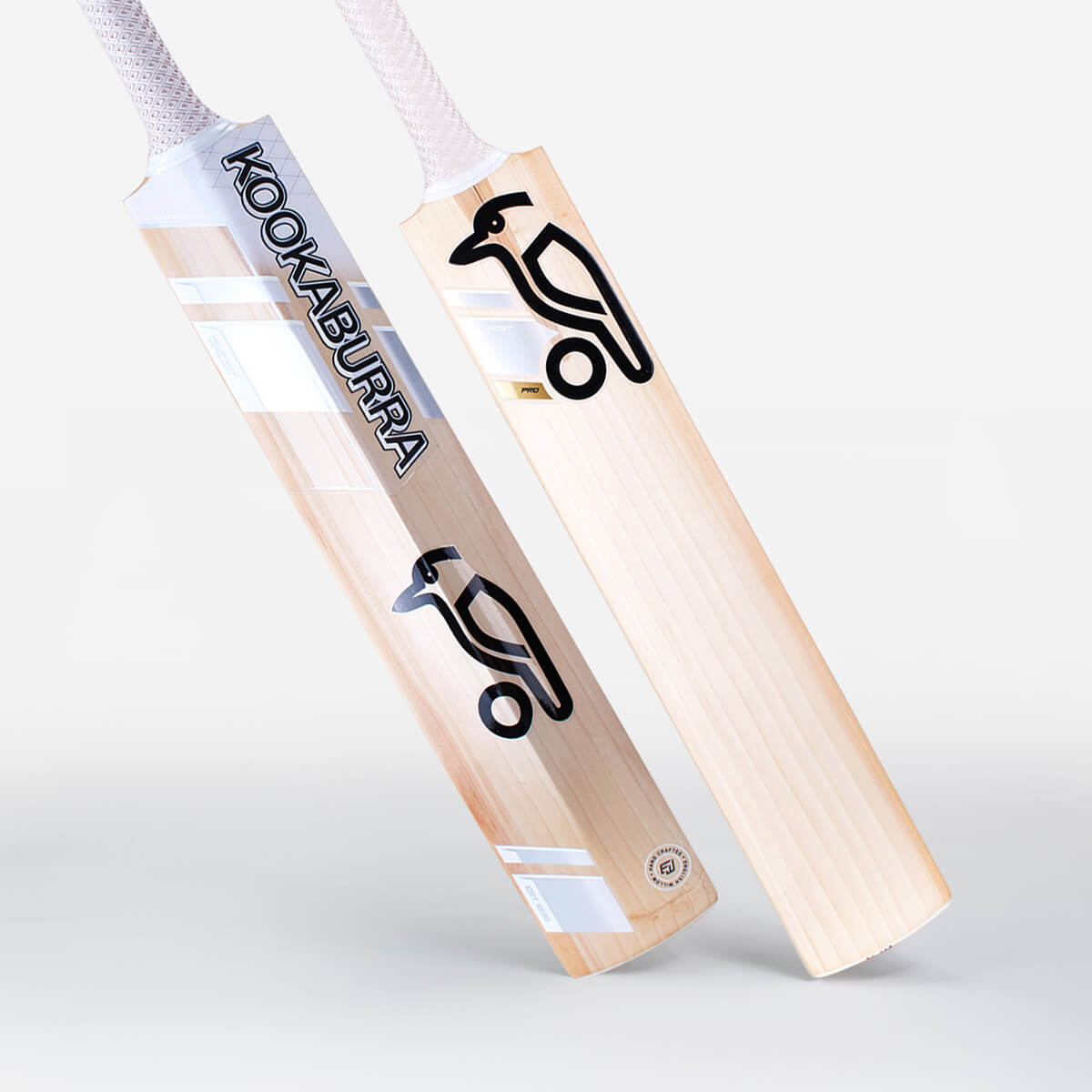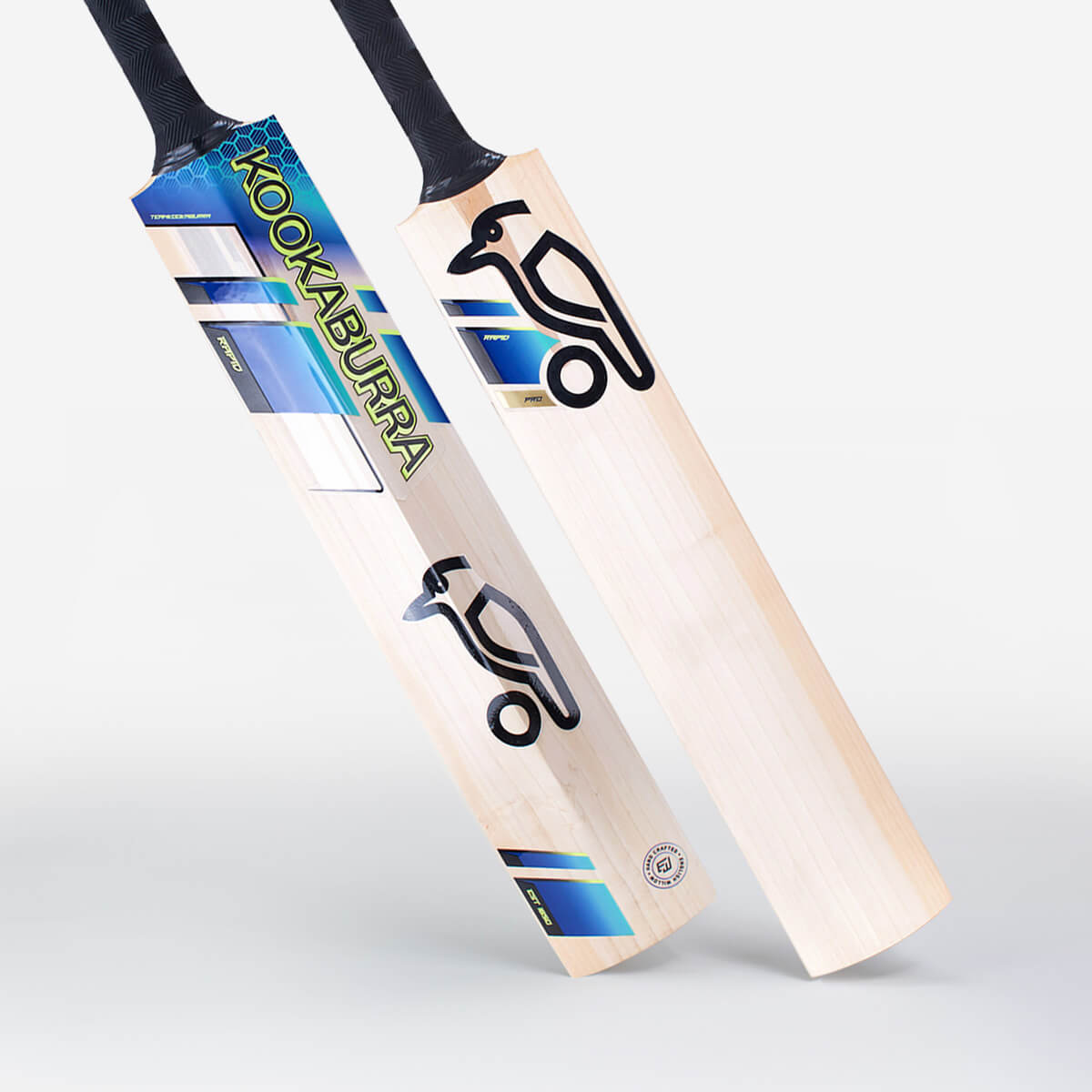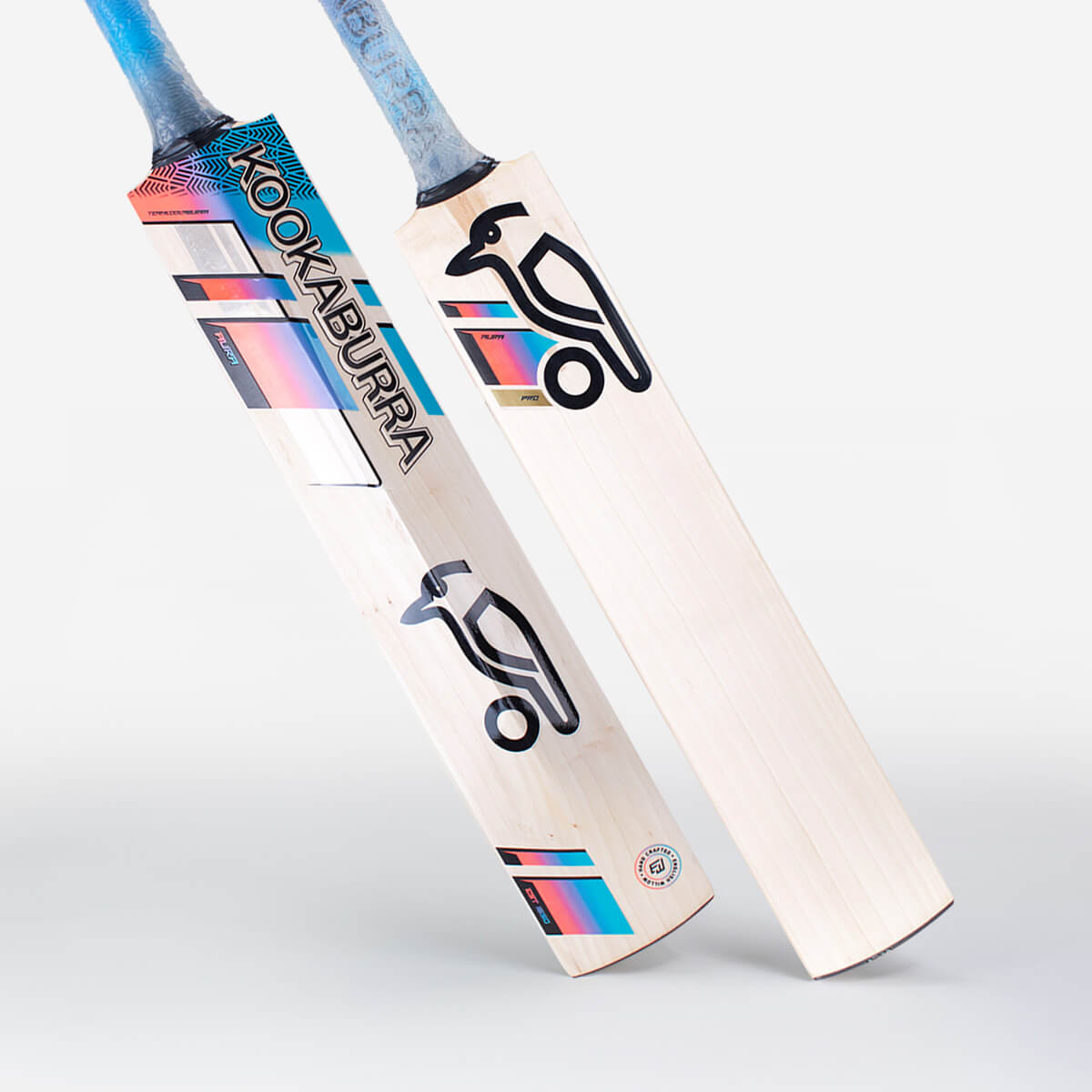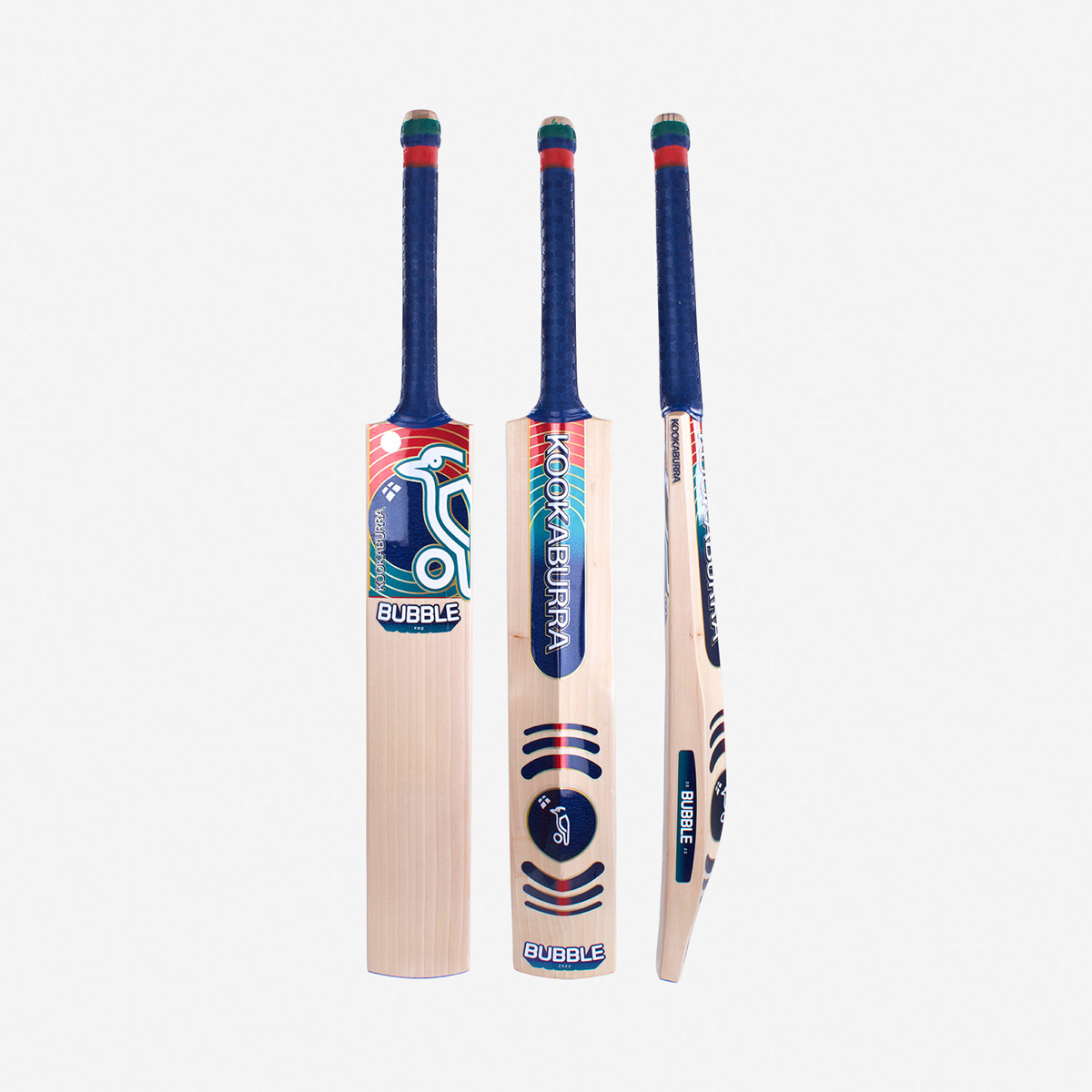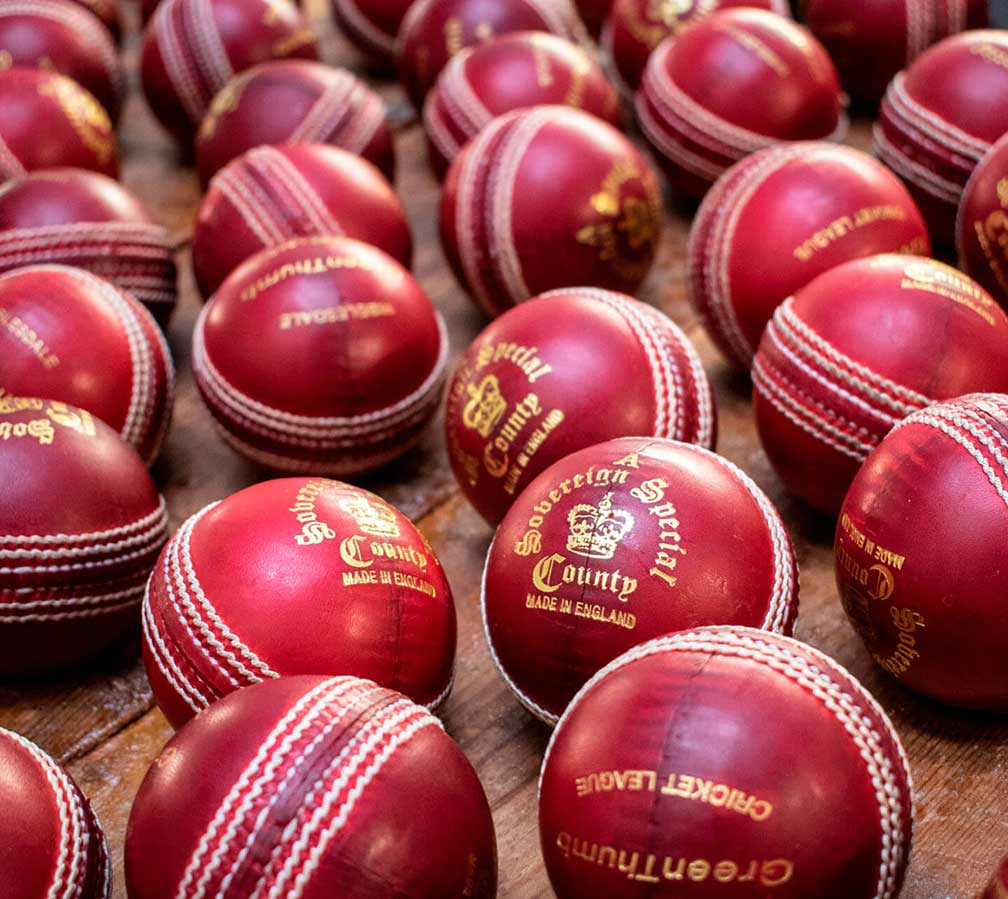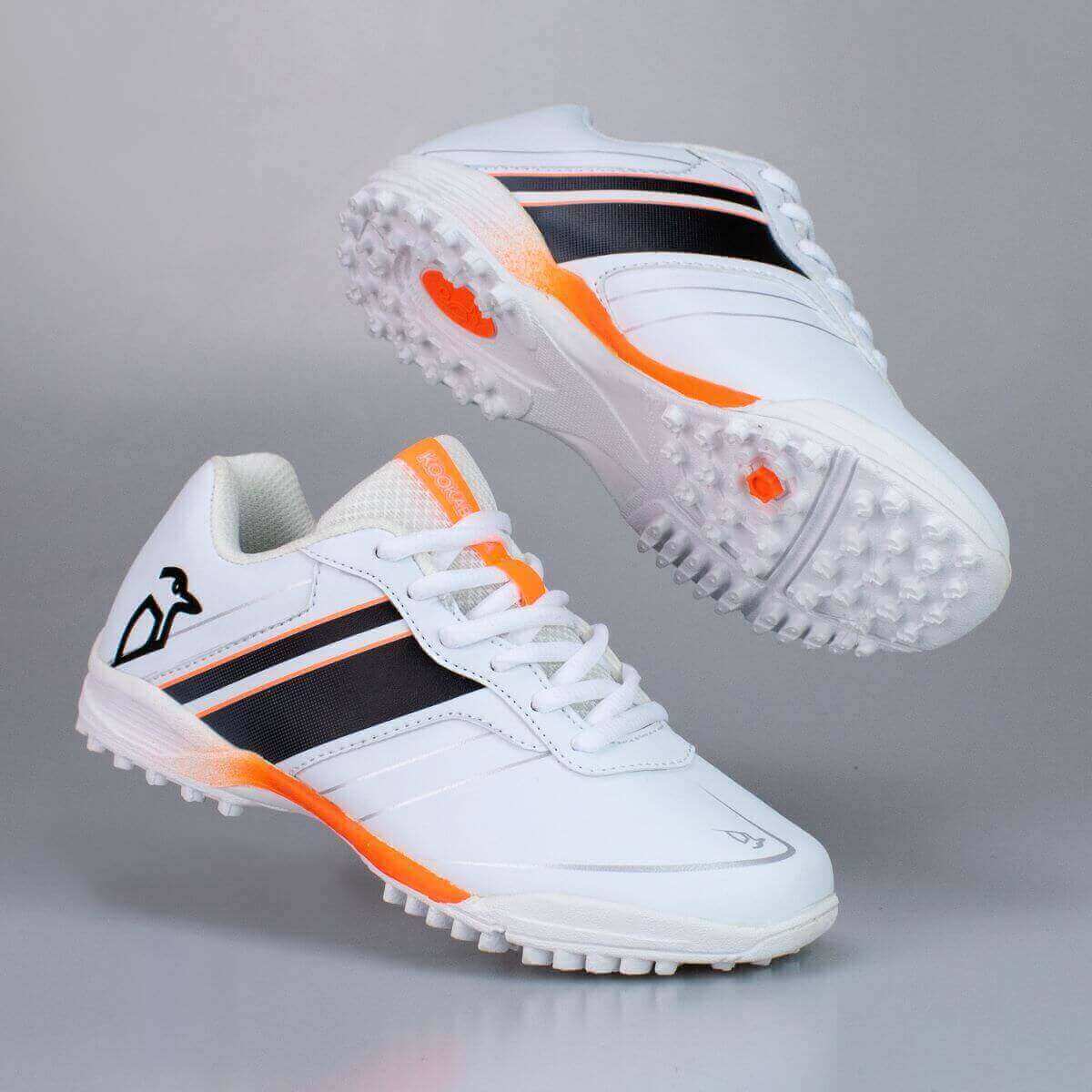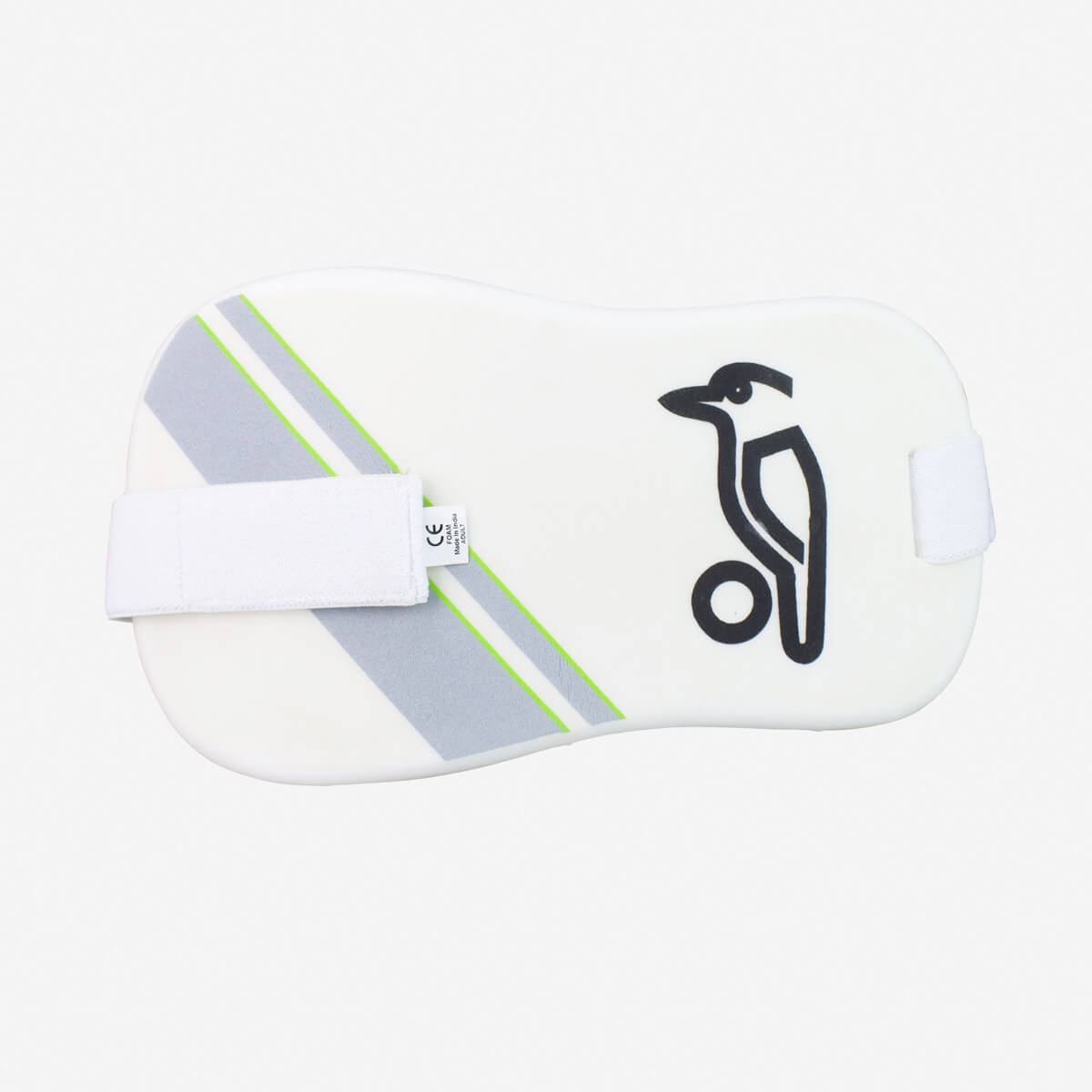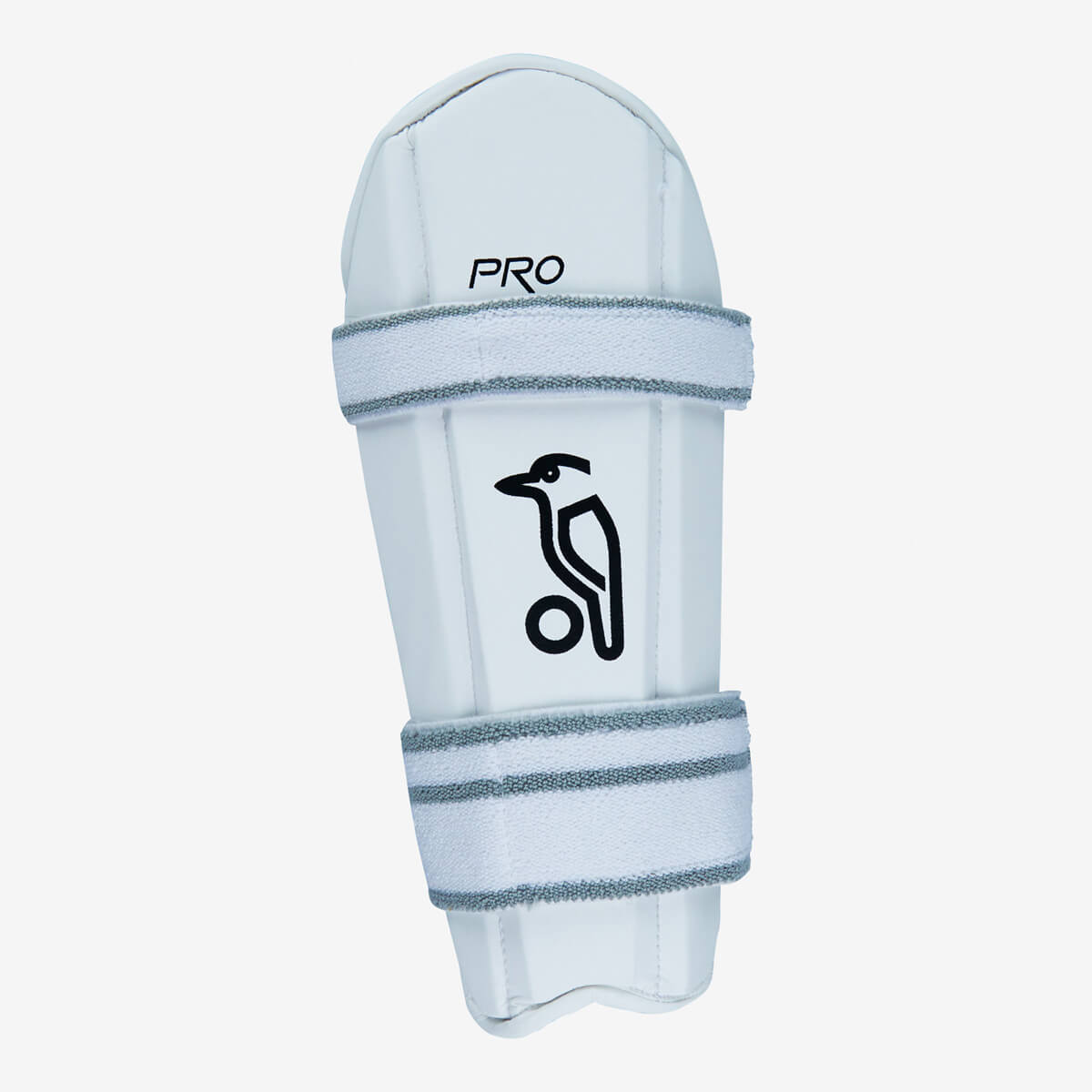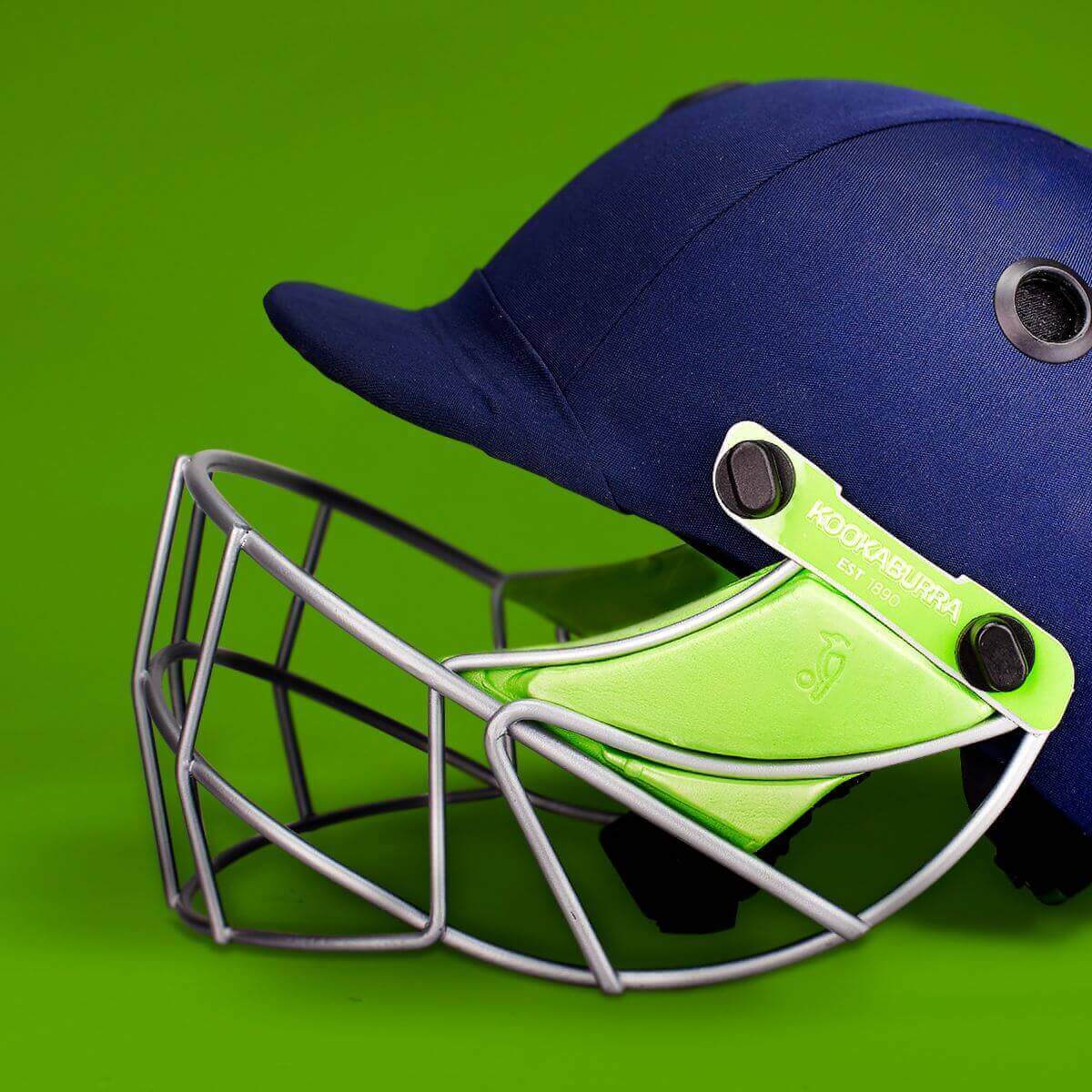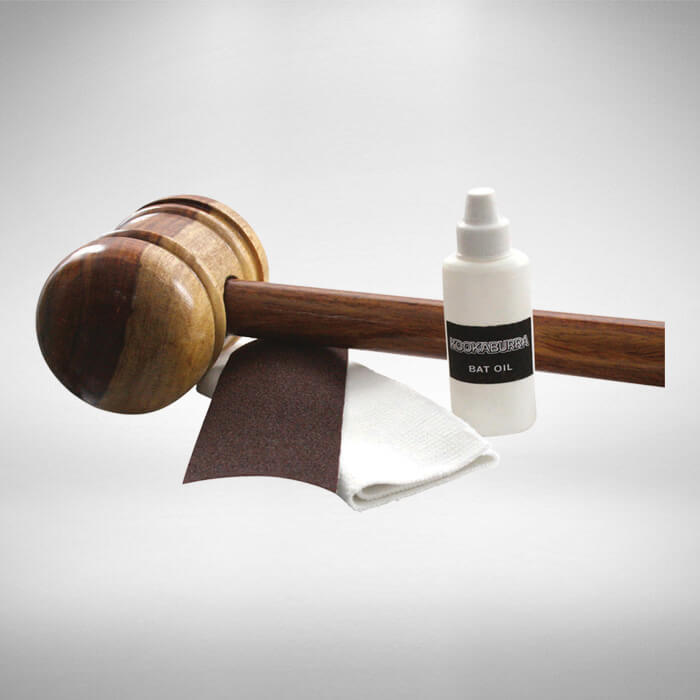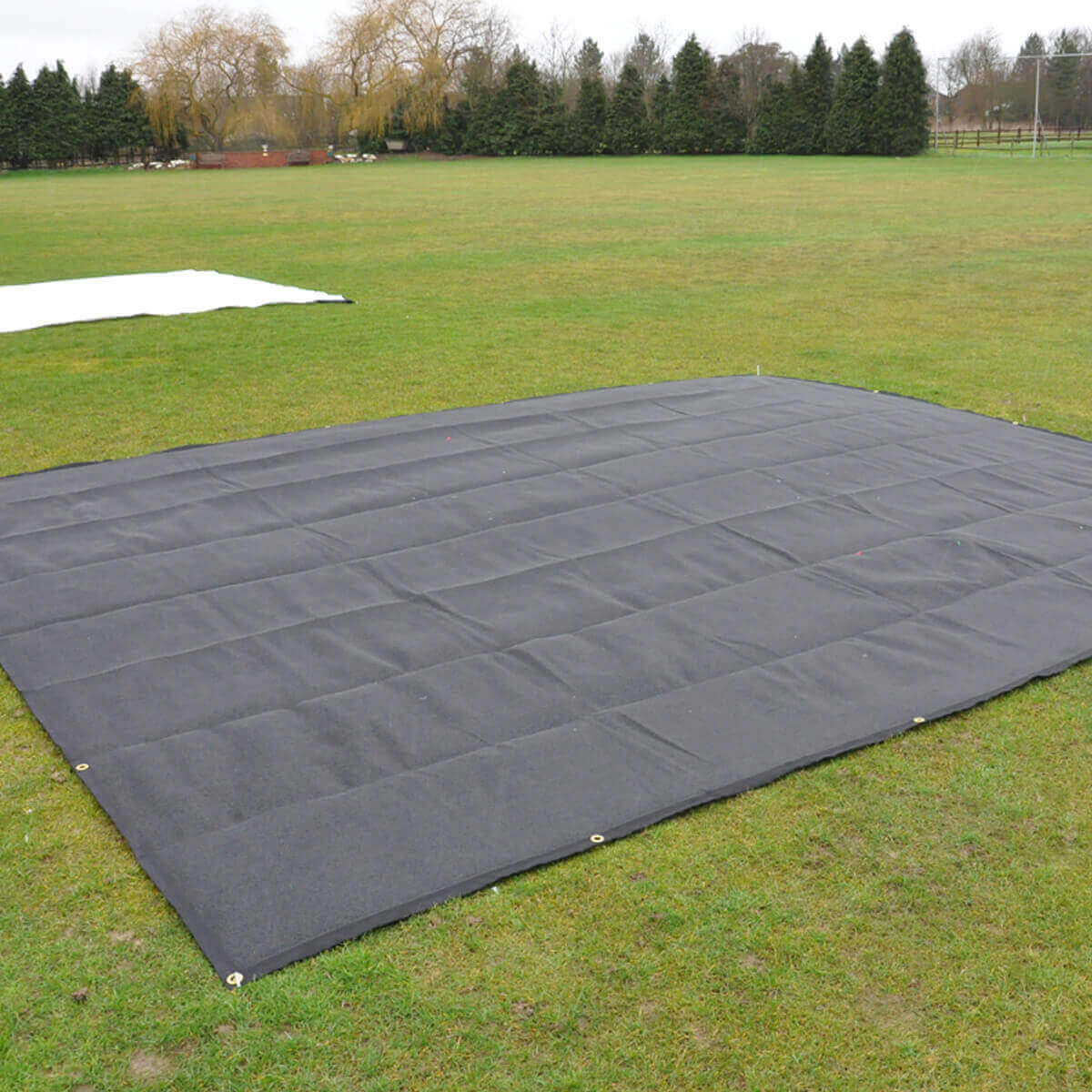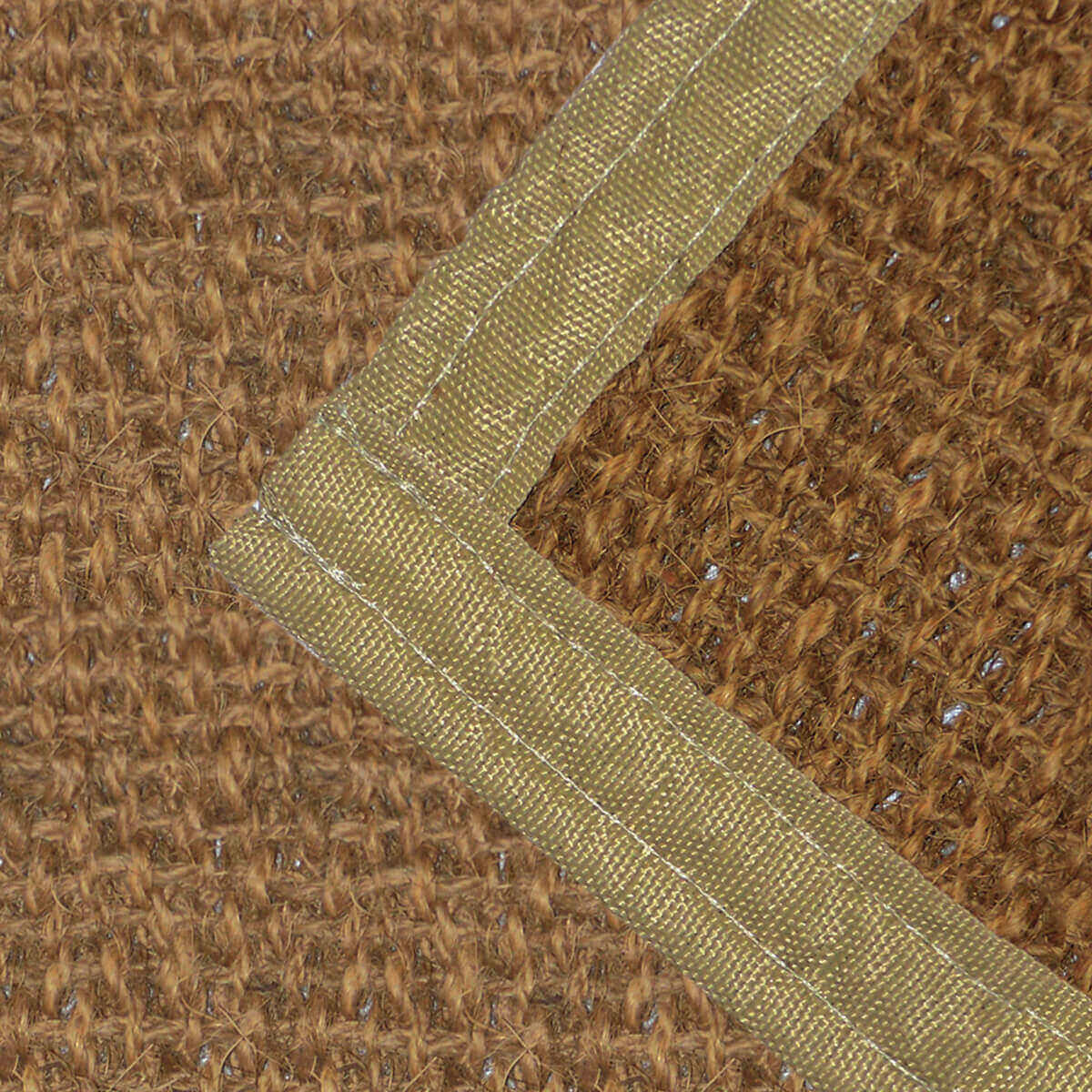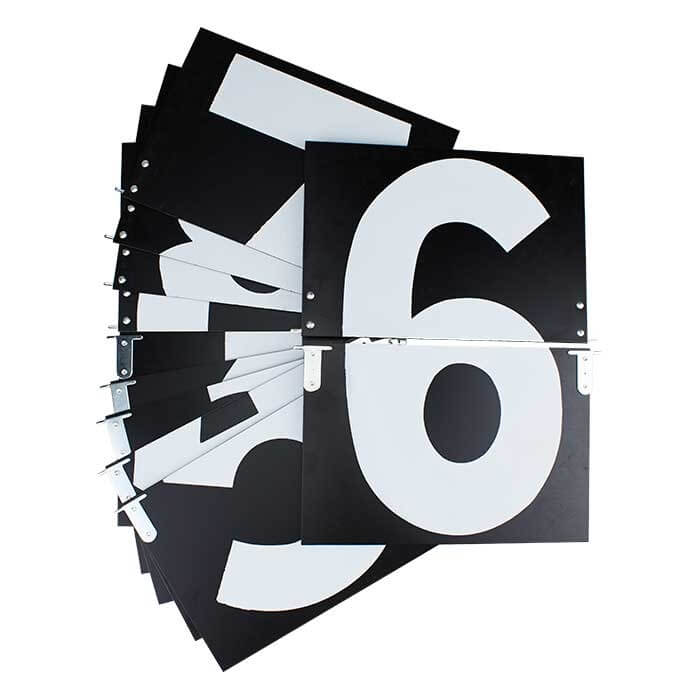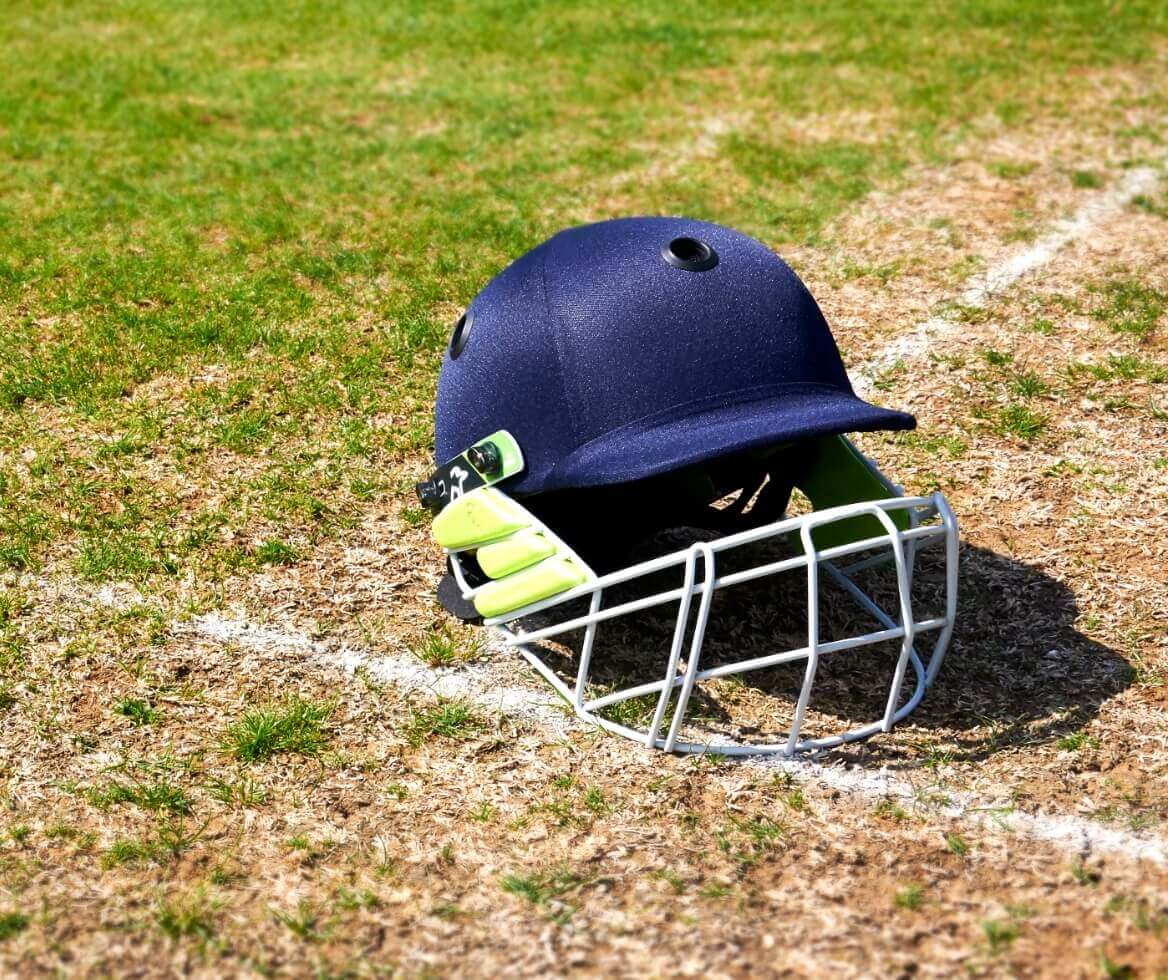It is not hard to see that cricketers need a wide variety of equipment to play the game properly. But it’s not just bats, gloves and pads that make up the essentials of a cricket match. Outdoor cricket equipment, while mainly used during the spring and summer months, can take quite a beating. From flyaway cricket balls to the unforgiving UK weather, cricket ground equipment goes through it all.
The onset of autumn and winter can herald the arrival of some unpredictable and unforgiving weather. Sight Screens and Mobile Pitch Covers are especially susceptible to wind loading and it’s important that measures are taken to minimise the possibility of damage. Whether you have a cricket pitch in your garden or you’re Chairman of your cricket club, updating and replacing your cricket supplies and ground equipment is crucial before the start of the next season.
At 3D Sports, as one of the oldest cricket ground equipment suppliers in the UK, we have compiled a list of the essential ground equipment for you to get your hands (or gloves) on before the start of the next cricket season!
Cricket Covers
Cricket covers or ground covers are a great addition to any ground equipment list, no matter the sport. However, for cricket groundsmen, they are essential to protecting the pitch from the elements. The fundamental and seemingly never-ending challenge for the cricket groundsman is to keep the pitch dry whilst maintaining the health of the grass plant.
Cricket pitch covers are designed to keep the wicket dry enough for cricket matches to go ahead whatever the weather in the run-up to or during the game. The majority of cricket pitch covers are deployed to cover the main area of play ‘the wicket’ during downpours in the days leading up to or immediately before or during a game. Whilst important to keep the playing wicket itself dry, each pitch on either side and even as much of the square as possible should also be protected as best as possible. This is the area the batman and fielders will be running and if it’s too wet, this could signal the end of the game as easily as a wet match wicket.
For many years, cricket greens and grounds used covers that were fashioned from tarpaulin or oiled cloth. These traditional covers were heavy, difficult to deploy quickly during sudden showers and compromised the grass plant by not allowing it either to ‘breathe’ or for sunlight to reach it. This is how the modern lightweight and waterproof materials and a range of new designs of cricket pitch cover have seen state-of-the-art systems have evolved and are now at the core of the cricket groundsman’s armoury and are helping clubs from grassroots level to first-class save games that would otherwise have to be abandoned. The primary options now used by groundsmen are lightweight, semi-translucent flat sheet covers or mobile wicket covers. Flat sheets of this nature are easy to manoeuvre but still allow light through to the grass meaning they can be left in situ for longer. Mobile cricket covers are most often a dome, roll on design meaning they can quickly and easily be moved on and off as required and allow the pitch to breathe, which stops the wicket from ‘sweating’. This makes the groundsman’s job of preparing a pitch much easier and it’s easy to see why every Test, County and a huge number of club grounds utilise mobile wicket covers, often accompanied by flat sheet covers to protect the rest of the square.
For the best game-play, there is an optimum moisture content for rolling and covers can be used to control this key element. If the soil is too dry it will be hard and liable to cracking. With too much moisture in the soil, the pitch will be too wet to roll. The soils will not consolidate and the air pores will still remain in the profile, producing a dead pitch with little bounce and pace. Bounce is critical and a wet pitch will not provide enough resistance or hardness for the ball to bounce effectively.
Sight Screens
How often have you found yourself watching a cricket Test Match and the bowler starts his run-up to make a near-perfect delivery and the batsman suddenly pulls out, pointing toward the giant sight screen in front of him and the whole process has to start again?
Picture it, you’re a batsman standing at the crease and preparing to play. Then imagine a big, powerful bowler sprinting towards you at full tilt and hurling a solid cricket ball towards you at more than 90mph. It is likely that you are going to want to see that ball to either hit it or, if needs must, duck out of its way before it hits you.
The sight screens’ main purpose is to create a contrast between the red ball and white screen for test matches and white ball and black screen in T20 games and even local cricket events. A Sight Screen is a large screen that is placed on a cricket field directly behind both the wickets beyond the boundary. Sight Screens block distractions and make it easier for the batsman to spot the ball when batting. Due to their size and construction, Sight Screens are often at the mercy of high winds and classic UK rain, so where possible need to be positioned in a sheltered area on-site; secured away from prevailing winds. A number of the sight screens in our range are designed to mitigate the wind as best as possible, with heavy-duty bases, removable boards or roll-up mesh designs.
Mobile Cages
Mobile netting and cages are key to outdoor cricket practice and are used at every level of the game. Outdoor mobile cages are one of the most common forms of outdoor practice netting and can take many forms. Mobile cricket cages are designed to allow the batsman the much more realistic option to train on a proper grass wicket on the square, whilst making bowling and batting training more time-effective by reducing the amount of time spent fetching balls.
Mobile cages and nets are common in almost all cricket facilities and are even very prevalent in educational establishments, as they allow safe and efficient training with a high volume of pupils when there are significant time constraints. Keen cricketers may have nets in their gardens.
Cricket Netting
Cricket nets are fundamental to cricket practice and are used at every level of cricket. Cricket nets are practice nets used by batsmen and bowlers to warm up and/or improve their cricketing techniques. Cricket nets consist of a cricket pitch, either natural or artificial, which is enclosed by cricket nets on either side, to the rear and optionally the roof. Professional cricket establishments are likely to have over 10 lanes of nets and have the capacity to practise indoors and outdoor.
Cricket nets are the cricket equivalent of baseball’s batting cages and are helpful for practising and even help improve the safety of batters, bowlers and spectators. By containing the majority of aerial cricket balls, cricket nets nullify the danger of potential injury occurring from cricket balls striking people who are within range of the batsman. This is why you can find netting in educational establishments; including schools, colleges and universities. They are particularly desirable in these fields as they allow safe and efficient training with a high volume of pupils where there are significant constraints on time.
Bowling Machines
In Cricket, bowling is the action of propelling the ball toward the wicket guarded by a batsman. A cricket bowling machine is a device made specifically for the batsmen of cricket to practice. These machines offer a distinct advantage during training sessions. A batsman will be able to repetitively focus on a certain shot until they’ve developed a certain skill level.
A bowling machine is an essential part of every team and cricket club and it will be of much use at school, club and junior levels where the standards of bowling are less consistent. While these are relatively simple machines, they can be useful for skill development. However, within the professional cricket community, there are a few who question the value of training with a bowling machine.
There are a number of different types of bowling machines available to cricket coaches and many allow the use of remote control so that a coach can be closer to a batsman when the stroke is played.
3D Sports Cricket Equipment
We are a company full of cricketers, playing from high levels of Club Cricket and Minor Counties to former First Class Professionals. This means you’re in great hands when it comes to your requirements, with the majority of our staff being experienced cricketers themselves. We offer products to suit every ground and every budget, whether it’s for your home, Village Club, Premier League Club or County Ground and have supplied everyone from small recreational clubs playing on their village green, right up to the Home of Cricket itself, Lords.
We hope that you’ve had a great season’s play out of your equipment but that often means that your ground gear has taken a bit of a beating. We can supply everything you need for your ground, including cricket covers, cricket sight screens, cricket nets, practice and match day equipment. We’ve surveyed and compiled the essential list of ground equipment. Contact our team for more information on the right equipment for you and your grounds.



